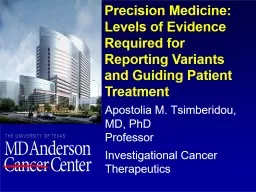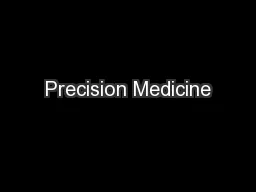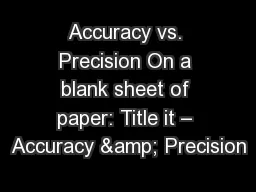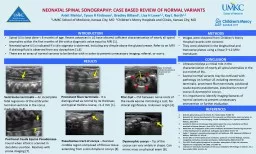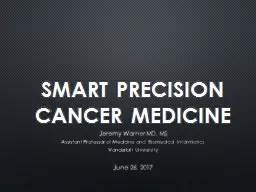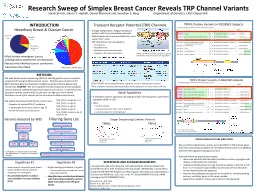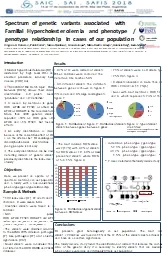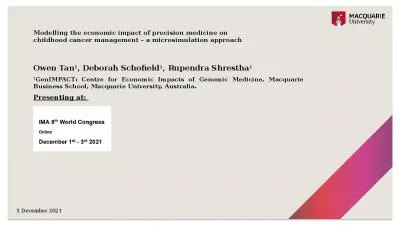PPT-Precision Medicine: Levels of Evidence Required for Reporting Variants and Guiding Patient
Author : ellena-manuel | Published Date : 2018-10-29
Apostolia M Tsimberidou MD PhD Professor Investigational Cancer Therapeutics Incorporation of Levels of Evidence into Variant ReportingClinical Practice Implementation
Presentation Embed Code
Download Presentation
Download Presentation The PPT/PDF document "Precision Medicine: Levels of Evidence R..." is the property of its rightful owner. Permission is granted to download and print the materials on this website for personal, non-commercial use only, and to display it on your personal computer provided you do not modify the materials and that you retain all copyright notices contained in the materials. By downloading content from our website, you accept the terms of this agreement.
Precision Medicine: Levels of Evidence Required for Reporting Variants and Guiding Patient: Transcript
Download Rules Of Document
"Precision Medicine: Levels of Evidence Required for Reporting Variants and Guiding Patient"The content belongs to its owner. You may download and print it for personal use, without modification, and keep all copyright notices. By downloading, you agree to these terms.
Related Documents

